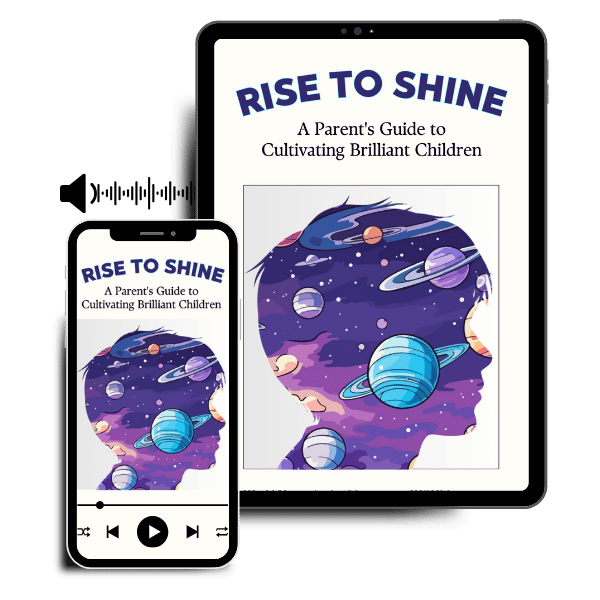Advancements in AI for Early Childhood Education


Artificial Intelligence (AI) is revolutionizing various sectors and education is no exception. Early childhood education in particular is experiencing significant transformations due to AI’s integration. These advancements promise to enhance learning experiences, personalize education, and improve outcomes for young learners. This article explores how AI is reshaping early childhood education, highlighting its benefits, tools, innovations, and the challenges it presents.
AI in education refers to the use of artificial intelligence technologies to facilitate and enhance learning. Historically, early childhood education relied on traditional teaching methods and manual assessments. However, AI introduces a new paradigm by offering personalized, adaptive, and data-driven learning experiences. Key areas of impact include individualized instruction, interactive content, and efficient administration.
AI offers numerous benefits for young learners, making education more engaging and effective:
Several AI tools and platforms are transforming early childhood education:
The integration of AI with other technologies such as Augmented Reality (AR), Virtual Reality (VR), and the Internet of Things (IoT) is creating immersive learning environments. These technologies enhance preschool learning by making abstract concepts tangible and interactive. For instance, AR and VR can transport children to different worlds, enabling them to explore and learn in a more dynamic way. This technological blend also shifts the role of teachers from information providers to facilitators of learning, creating a more balanced and enriched educational experience.
AI-driven innovations are constantly emerging in early childhood education:
Educational games powered by AI are making learning enjoyable and effective:
While AI holds great promise, it also presents challenges:
AI is transforming early childhood education by offering personalized, engaging, and effective learning experiences. The integration of AI tools, adaptive learning systems, and educational games is reshaping the educational landscape, promising improved outcomes for young learners. However, addressing ethical concerns and ensuring equitable access to AI technologies are crucial for maximizing their benefits. The future of AI in early childhood education looks promising with the potential to revolutionize how children learn and develop.
Related Reading:
References:
How is AI transforming early childhood education?
AI is transforming early childhood education by providing personalized learning experiences tailored to each child’s needs and abilities. Advanced AI algorithms analyze a child’s learning patterns and preferences, adjusting the content and pace of lessons to ensure optimal engagement and understanding. This technology also aids educators by offering real-time insights into a child’s progress, helping to identify areas where additional support is needed.
What are the benefits of using AI in early childhood education?
The benefits of using AI in early childhood education include personalized learning, enhanced engagement, and improved educational outcomes. AI-powered tools can adapt to the learning styles of individual children, making education more interactive and enjoyable. Additionally, AI can help educators identify learning gaps early, allowing for timely interventions that can lead to better academic performance and cognitive development.
Can AI replace teachers in early childhood education?
While AI can significantly enhance early childhood education, it cannot replace teachers. AI serves as a powerful tool that supports educators by automating routine tasks, providing personalized learning experiences, and offering valuable insights into student progress. However, the human touch, emotional support, and expertise that teachers bring to the classroom are irreplaceable. The ideal approach is a combination of AI technology and skilled educators working together to provide the best possible learning environment.
What are some examples of AI applications in early childhood education?
Examples of AI applications in early childhood education include adaptive learning platforms, intelligent tutoring systems, and speech recognition software. Adaptive learning platforms such as DreamBox and Smart Sparrow adjust educational content based on a child’s learning progress. Intelligent tutoring systems like Carnegie Learning provide personalized feedback and support. Speech recognition software helps young children improve their language skills by offering real-time pronunciation corrections and interactive storytelling experiences.
What challenges exist in implementing AI in early childhood education?
Implementing AI in early childhood education faces several challenges, including privacy concerns, data security, and the need for significant investments in technology and training. Ensuring the privacy and security of children’s data is paramount, as is gaining the trust of parents and educators. Additionally, schools and educational institutions must invest in the necessary infrastructure and provide ongoing training for educators to effectively use AI tools. Overcoming these challenges requires a collaborative effort among technology providers, educators, policymakers, and parents.

Get Your Resources to Your Email Now!